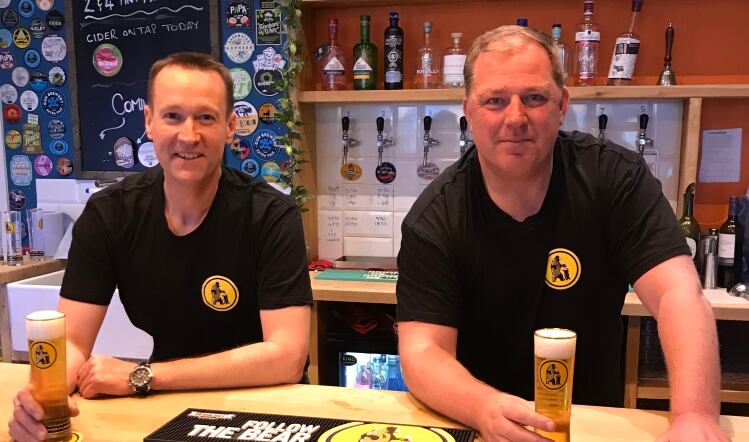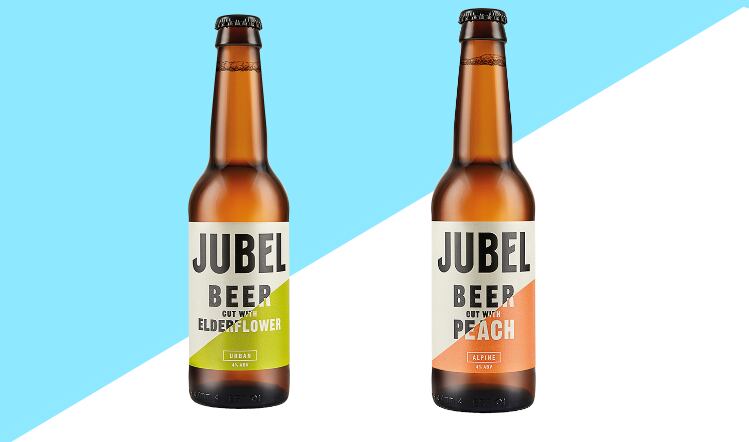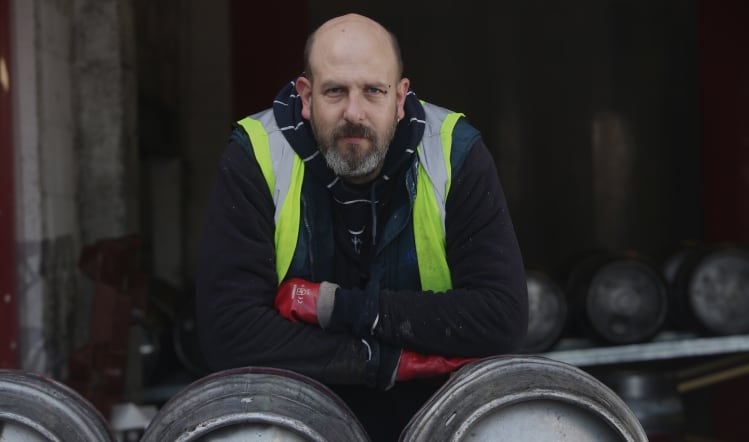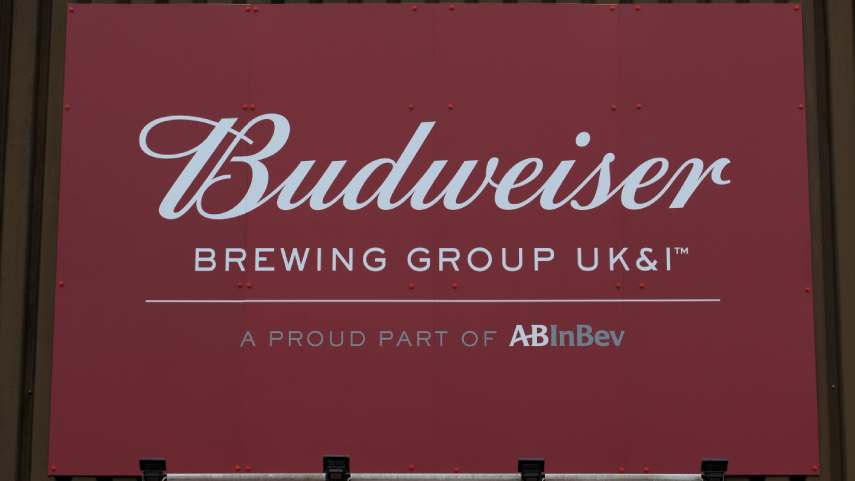Two longstanding friends are drawing on a Bavarian brewer’s process and recipe to successfully reinvent a well-known lager that was shelved 25 years ago.
If you remember the 1980s, you may just recall an iconic Hofmeister lager TV ad, which featured a strutting bear called George, sporting a shiny yellow jacket and pork pie hat, urging consumers to ‘follow the bear’.
Sadly, despite being huge in the early 1990s, Hofmeister was killed off through a series of mergers and acquisitions, with the rights to it ending up with Heineken. Production had ceased – until 2015, when the brand was resurrected by Spencer Chambers and Richard Longhurst, co-founders of the Hofmeister Brewing Company.
Since then, progress has been swift. The product has gathered awards, and account wins mainly in London and the surrounding counties in pubs, posh hotels and Michelin-starred restaurants. It’s listed with Ocado, and bricks-and-mortar retail will follow, but not yet, claim the firm’s two bosses.
The pair met in 2000 at alcohol gifting firm Beams International, working with brand owners and retailers sourcing and selling booze packs to consumers. Part of the range was a line of four world beers sold to top UK supermarkets. Their experience buying beer globally for these packs set them up well for what was to come.
Longhurst moved on in 2007. Chambers stayed as sales and marketing director until 2011. After two years in Dubai, he hatched the idea of buying and relaunching Hofmeister.
‘Number one brand’
“In 1990, it was the fourth-biggest beer brand in the UK and, even into the early 1990s, it was the number one off-trade beer brand,” he says. “There was really only one person whom I wanted to do this with.”
The duo cleared their piggy banks and clinched a deal with Heineken in 2015 following eight months of negotiation. They then turned to alcohol brand designer Andy Bowyer to revamp Hofmeister’s vision and image.
“We started then to rebrand properly and to find a brewery to work with,” says Chambers.
Longhurst continues: “What we set out to do from day one was not build a brewery, but to find a brewing partner to deliver though their expertise the new Hofmeister recipe.”
Chambers says: “Richard had the genius idea that George in the advert came out of a Bavarian forest.” He points out that Bavaria attracts six million people a year for the Oktoberfest international beer festival, “but if you ask the average guy in the street to name a Bavarian beer, they will scratch their head”. “So we decided to bring Hofmeister back as a proper, hand-crafted Helles [meaning: ‘pale colour’] lager made in Bavaria.”
Beer Purity Law
The all-new Hofmeister is made according to the Reinheitsgebot, the German Beer Purity Law set up in 1516, which requires that only water, barley, hops and yeast should be used in its production.
Finding a brewer in Germany was trickier than expected. “We thought there might be 30 or 40,” recalls Longhurst wryly. “Turns out there are almost 700.
“There was a lot of desk work, starting close to Munich, to create a shortlist to visit. We got it down to 50 breweries. We had to find somebody who could produce enough beer and be small enough in management style and structure to work flexibly with us.”
Chambers says: “When we saw the final brewery, [Privatbrauerei] Schweiger, met the three cousins [who run it], Erich, Siegfried and Ludwig, and tasted their range of beer, we knew we had found the people we wanted to work with.
“It was about the integrity of the brewery and the integrity and quality of the raw ingredients they have access to. Their water source is natural mineral water, the barley is grown by the farms that surround the brewery to their specifications.”
Brewery and malthouse
Schweiger is one of only six breweries left in Bavaria with its own malthouse and one of only four that are Slow-Brewed Accredited. The beer is brewed for a week at 7–8˚C, then reduced to 0˚C and lagered for five to seven weeks, says Longhurst. “With that process you end up with a complex taste profile, no sharp edges and a clean finish.”
After brewing, the product is also mechanically filtered through finely ground seashells that are millions of years old to remove yeast cells and associated cloudiness.
The result is a high-quality lager beer. An audit to ensure that quality starts in the fields and embraces how well suppliers and staff are treated, plus their carbon footprint.
“It’s a complex audit process, which is why not many people do it, because it increases production costs considerably,” says Longhurst.
That the recipe differs radically from the original is no bad thing. When target drinkers see it in a pub, says Chambers, they either recall its slogan fondly and order it out of nostalgia “or someone once said, ‘Hofmeister – that used to be very similar to sex in a canoe: f***ing close to water’”. Either way, both groups can then be won over by the taste.
To register your interest for this year’s Business Leaders Forum, contact our events team.




